“Spotlighted Craft Design Leads to the Launching of the Korean Craft Design Institute.” Kyunghyang Shinmun, August 1, 1966
Korean Craft Design Institute
* Source: Multilingual Glossary of Korean Art by Korea Arts Management Service
Related
-
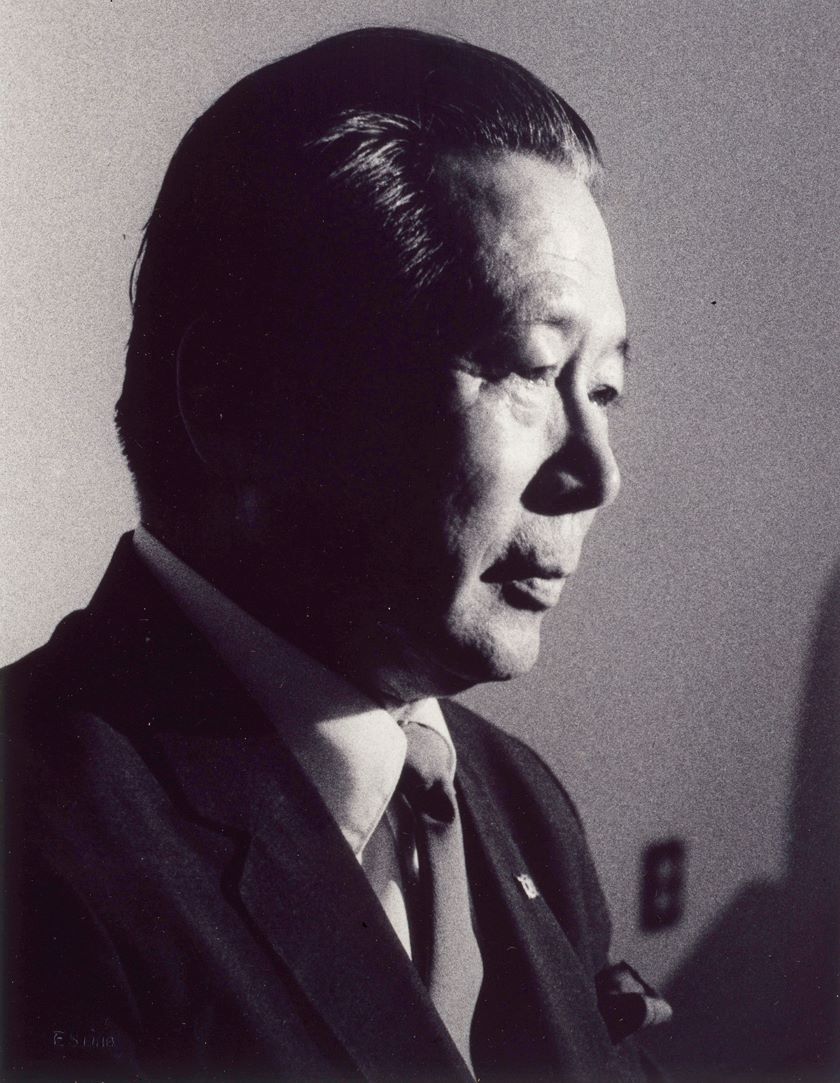
Lee Soonsuk
Lee Soonsuk (1905-1986, pen name Hara) was a pioneer of Korean craft design. He attended the design and craft department at the Tokyo School of Fine Arts in 1926 and graduated in 1931. He hosted the first solo design exhibition in Korea. He served on the council at the cultural division under the U.S Military Government in 1946 and taught applied arts at the fine arts college of Seoul National University. He also contributed to Korean craft design at the National Art Exhibition (Gukjeon). In 1971, he served as an executive advisor at the Korea Design and Packaging Center (KDPC) and was elected as a member of the National Academy of Arts, Republic of Korea. Lee Soonsuk’s graduation period work was influenced by the flat surface planes of art nouveau and Bauhaus style. He later attempted to maintain and reinterpret traditional Korean craft techniques through his stone craftwork that dealt with a folk painting motif or natural objects.
-
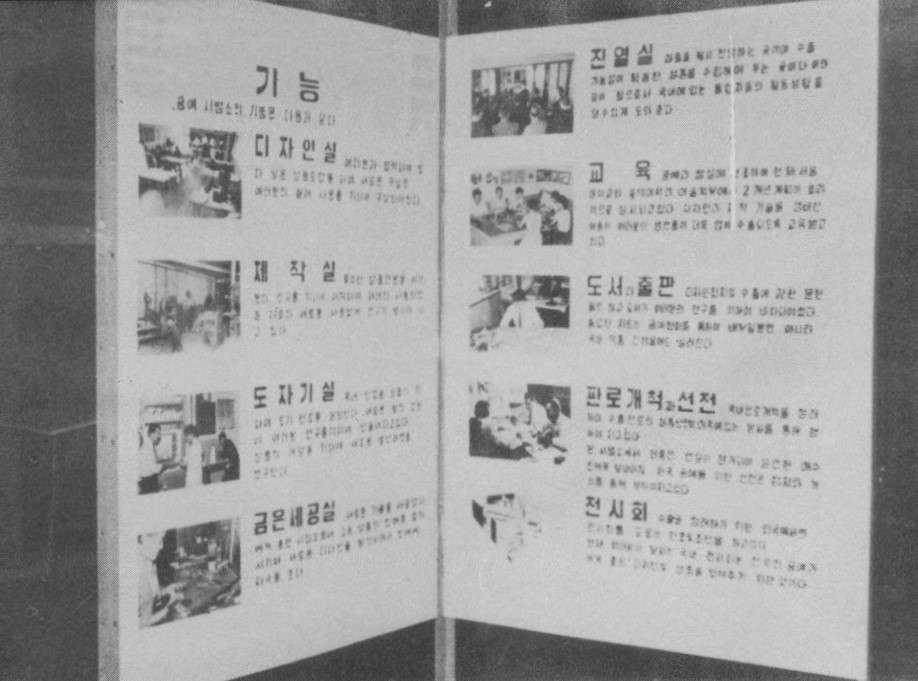
Korean Handicraft Demonstration Center
An organization for the development of the craft industry that formed in 1956, with the support of the International Co-operation Administration (ICA) of the United States. The ICA was one of the programs launched in 1955 to support developing countries, and it aimed to improve and foster the craft industry of Korea. Smith, Scherr & McDermott Industrial Design, an American firm in Akron, Ohio, led the establishment of the center on the fourth floor of the Central Industry building in Taepyeong-ro. The primary activities of the center included the survey of handicrafts and light industry in Gyeongnam, Jeonbuk, and Jeonnam; the improvement of design in crafts such as woodworking, ceramics, and metalworking; the establishment of crafts departments in universities and industrial design courses; and on-site training. The center was transferred to the Seoul National University College of Fine Arts in 1960, and it closed in May 31, 1960, when the contract with the Korean government expired. The center was instrumental in implementing American design education and the concepts of industrial design in Korea.
-
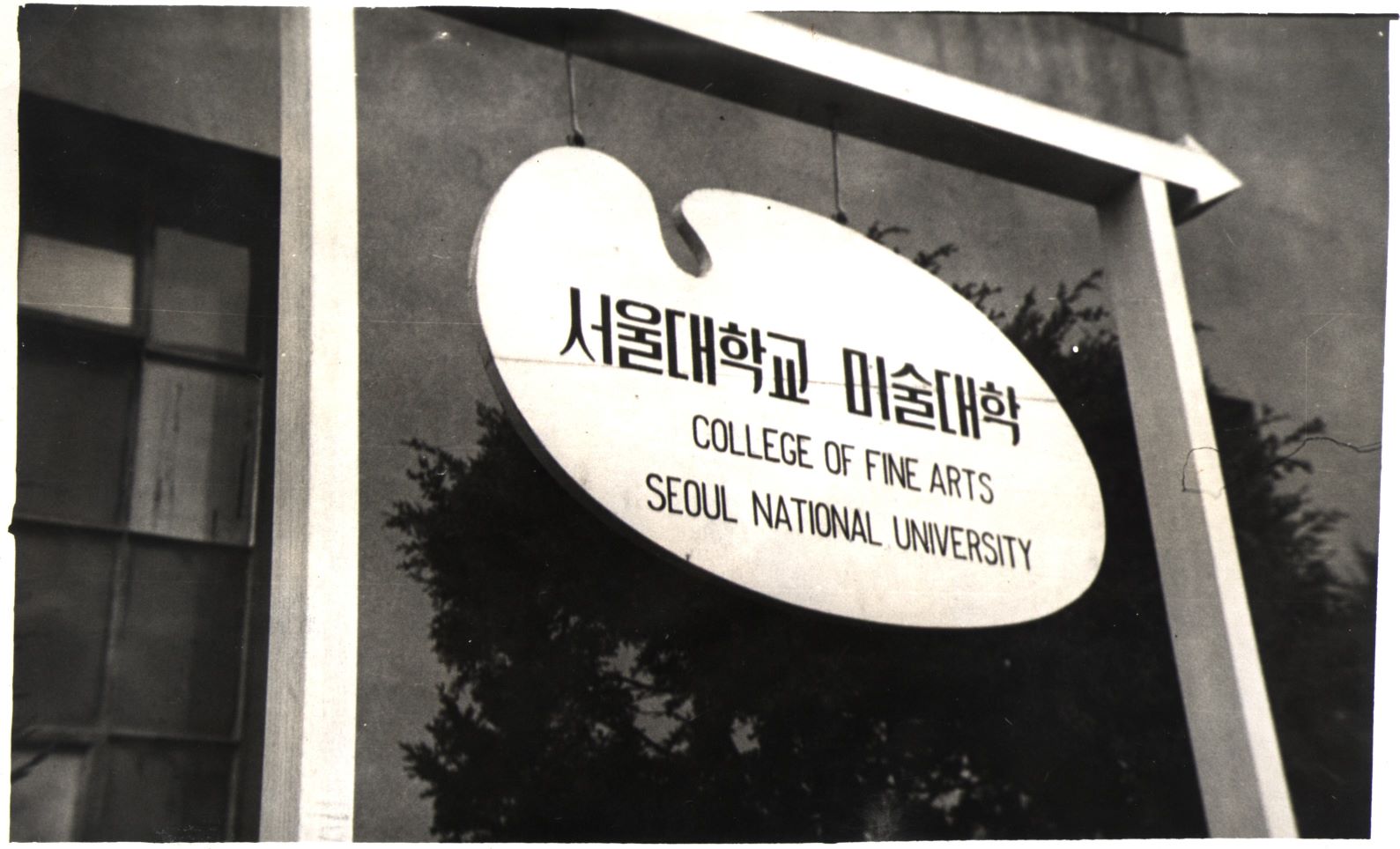
College of Arts at Seoul National University
The College of Fine Arts of Seoul National University is located in Sillim-dong, Gwanak-gu, Seoul. According to the Decree on the Establishment of Seoul National University, the College of Art including the Department of Fine Arts and the Department of Music was founded in August 1946 at Seoul National University. The Department of Fine Arts consisted of sub-departments of Painting I, Painting II, Sculpture, and Design. It was organized by Chang Louis Pal and Lee Soonsuk. Chang Louis Pal had served as head of the Education and Management Bureau in the U.S. Army Military Government in Korea (USAMGIK) in Korea since December 1945. Lee Soonsuk assumed practical tasks as an advisor to the art section of the USAMGIK from 1946 when the Education and Management Bureau was changed to the Ministry of Culture and Education. In 1946, there were nine faculty members at the Department of Fine Arts in the College of Art: Chang Louis Pal, Kim Yongjun, Gil Jinseop, and Lee Jaehun as professors; Yun Seung-uk and Lee Soonsuk as associate professors; and Kim Whanki, Chang Woosoung, and Lee Byeonghyeon as assistant professors. However, after the incident of Korean students and professors’ protest against the U.S.’s attempt to merge several colleges and universities into a single university, Kim Yongjun, Gil Jinseop, and Kim Whanki resigned. In 1954, the College of Art was reorganized into the College of Fine Arts with three departments of painting, sculpture, and applied art. The Department of Aesthetics, which had temporarily belonged to the College of Fine Arts since 1948, was transferred to the College of Liberal Arts and Sciences in 1960. In 1963, according to the relocation plan of the Seoul National University main school building, the College of Fine Arts was moved to the former veterinary department building in Yeongeon-dong, Jongno-gu. In 1972, it was moved to the liberal arts department building in Hagye-dong, Seongbuk-gu, and then in 1976, to the current Gwanak campus. In 1981, the three departments of painting, sculpture, and applied art were reorganized into the five departments of Eastern painting, Western painting, sculpture, crafts, and industrial art. In 1989, the Department of Industrial Art was renamed the Department of Industrial Design, and in 1999, the Department of Crafts and the Department of Industrial Design were merged into the School of Design. Currently, the College of Fine Arts consists of the Department of Oriental Painting, Department of Painting, Department of Sculpture, Department of Craft, Department of Design, and Interdisciplinary Programs.
Find More
-
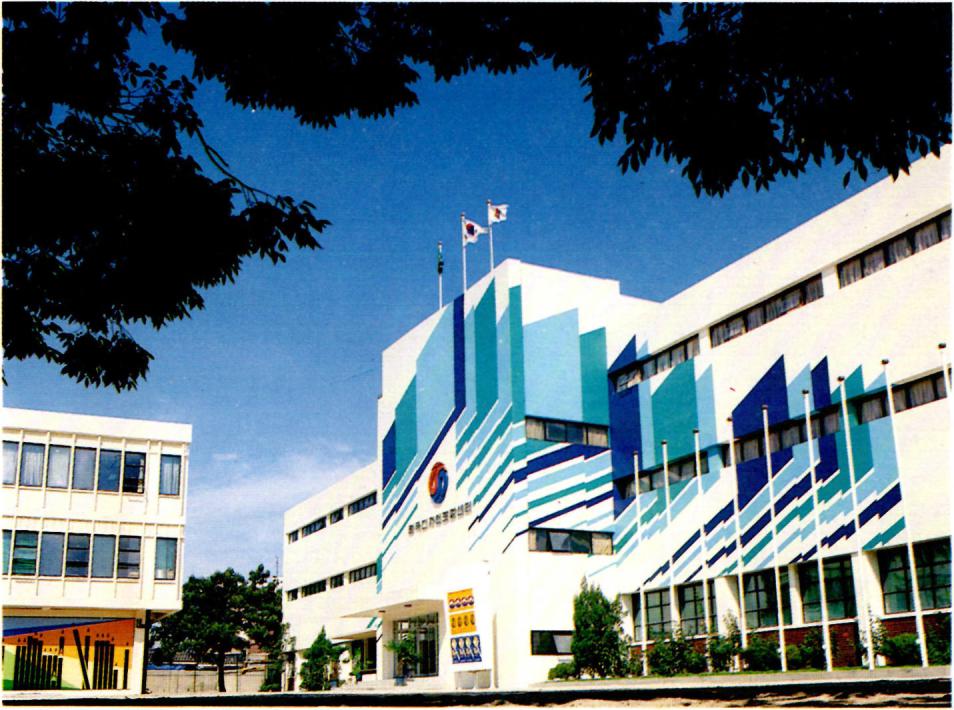
Korea Design and Packaging Center
The Korea Design and Packaging Center (KDPC) is a design promotion institution established in May 1970 by the Ministry of Commerce and Industry. Since its establishment, it has changed its name several times and continues to exist in its current form as the Korea Institute of Design Promotion. In April 1970, under the direction of the Minister Lee Naksun, the Ministry of Commerce and Industry quickly merged three organizations related to packaging and design, which were the Korea Packaging Technology Association, the Korea Export Design Center, and the Korea Export Goods Packaging Center within a month and formed the Korea Design and Packaging Center (KDPC). At the time of its foundation, the KDPC was located at 128, Yeongeon-dong, Jongno-gu, Seoul, where the Korea Export Design Center was located. Its purpose was to “contribute to the increase of exports and national economic development by improving design and packaging technology, supplying outstanding export packaging materials at low prices, and conducting projects for research and development.” The Minister Lee Laksun served as its first chairman. Since November of the year of its establishment, the KDPC has published the bulletin Dijain Pojang (Design and Packaging). In 1971, it began to organize the Korea Commerce and Industry Art Exhibition (present-day Korea International Design Award), which was previously hosted by the Korea Chamber of Commerce and Industry. In 1972, it joined the International Council of Graphic Design Association (ICOGRADA). In addition, the KDPC engaged in various activities, such as research and development of design and packaging technology, establishment of design-related systems, exchanges with international organizations, the holding of exhibitions, and the publication of books and periodicals. For example, it implemented the system of selecting excellent design products in 1985 and produced official posters for the Asian Games in the same year. In 1991, it was renamed the Korea Institute of Industrial Design and Packaging Development and then the Korea Institute of Industrial Design Promotion in 1997. After being renamed the Korea Institute of Design Promotion in 2001, it was relocated to the Korea Design Center in Bundang-gu, Seongnam-si, Gyeonggi-do Province.
-
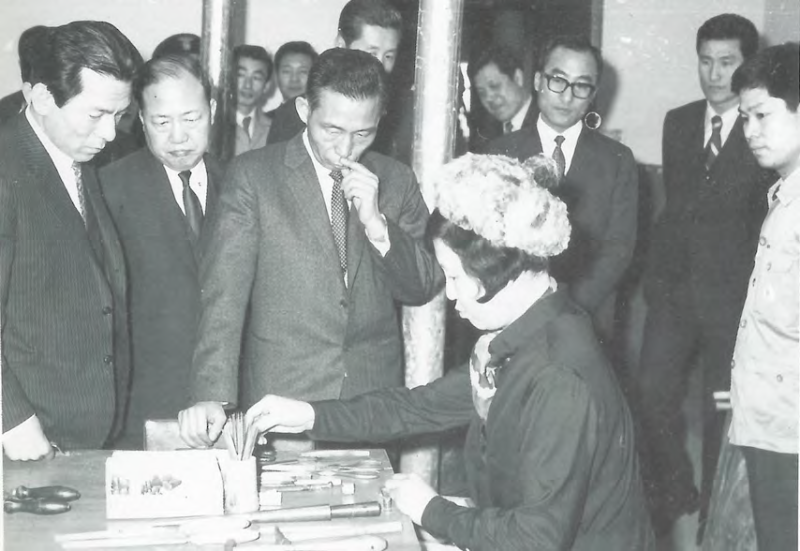
Korea Export Design Center
The Korea Export Design Center (KEDC) is the new name that the Korea Institute of Crafts and Design [Hanguk gongye dijain yeoguso], a corporation that opened in July 1966, acquired in March 1969 through the amendment of its incorporation articles. In September 1965, a decision was made to establish a provisional institute of craft technology during an export expansion meeting held at Cheongwadae (Blue House). In April 1966, the construction of the institute was finalized at 128, Yeongeon-dong, Jongno-gu, Seoul. In July of the same year, the Minister of Commerce and Industry approved the establishment of the institute, and it was officially launched. The first chairman of the board was Park Gapseong, who was the dean of the College of Fine Arts at Seoul National University; the first director was Lee Soonsuk, who was a professor in the College of Fine Arts at Seoul National University; and the rest of its researchers, including the first researcher Bu Sueon, were mostly from the College of Fine Arts at Seoul National University. Around 1969, the Ministry of Commerce and Industry requested the institute to develop designs for export products rather than academic designs. During this process, its name was changed. It was renamed the Korea Design Center (KDC) in February 1969 and the Korea Export Design Center in March 1969. In August 1969, the institute began publishing the magazine Gyegan Dijain (Quarterly Design). The magazine was published four times until Spring 1970. After being renamed the design center, the institute stated that it would “contribute to national economic development by researching and devising scientific and aesthetic designs for new products under the three pillars of “New Idea, New Plan, New Life” and endeavor to serve as the general headquarters for the improvement of design culture.” In May 1970, the Ministry of Commerce and Industry launched the Korea Design and Packaging Center by merging three organizations (the Korea Export Design Center, the Korea Packaging Technology Association, and the Korea Export Goods Packaging Center), which became the Korea Institute of Design Promotion.
-
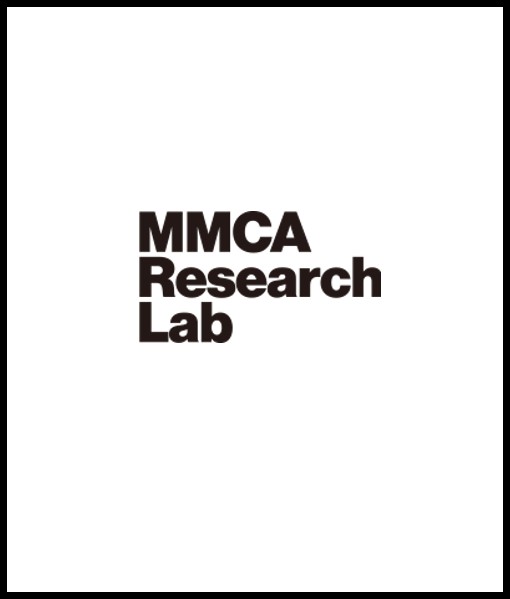
Korea Packaging Machinery Association
The Korea Packaging Technology Association (Hanguk pojang gisul hyeophoe, KPTA) is a private association established in 1966 in order to enhance the value of products by improving packaging technology and contribute to export promotion. The founding general meeting was held in October 1965, and the association was officially launched in January 1966 with the permission of the Minister of Commerce and Industry. The founding general meeting was attended by representatives from eleven private enterprises. They were Korea Express Co., Ltd., Korea Trade Promotion Agency, Daewon Paper Co., LTD., Dongshin Chemical Industry Co., Ltd., Dongyang Paper Co., LTD., Dongyang Can Manufacturing Co., Ltd., Rakhee Chemical Industry Co., Ltd., Shinheung Paper Industry Co., Ltd., Taepyeong Textile Manufacturing Co., Ltd., Inhwa Industry Co., Ltd., and Korea Express and Packaging Co., Ltd. The KPTA joined the Asian Packaging Federation (APF) in July 1967 and the World Packaging Organization (WPO) in September 1968. Its first chairman was Jo Seonggeun, the president of Korea Express Co., Ltd., and Choe Junmun, the following president of Korea Express Co., Ltd., became the second chairman in 1968. Cha Gyunhui, the governor of the Agriculture and Fishery Development Corporation, served as the third chairman in 1969. In March 1970, Lee Naksun, the Minister of Commerce and Industry, was appointed as the fourth chairman. In May of the same year, however, the Ministry of Commerce and Industry dissolved the KPTA, merged it with the Korea Export Design Center and the Korea Export Goods Packaging Center, and launched the Korea Design and Packaging Center.






